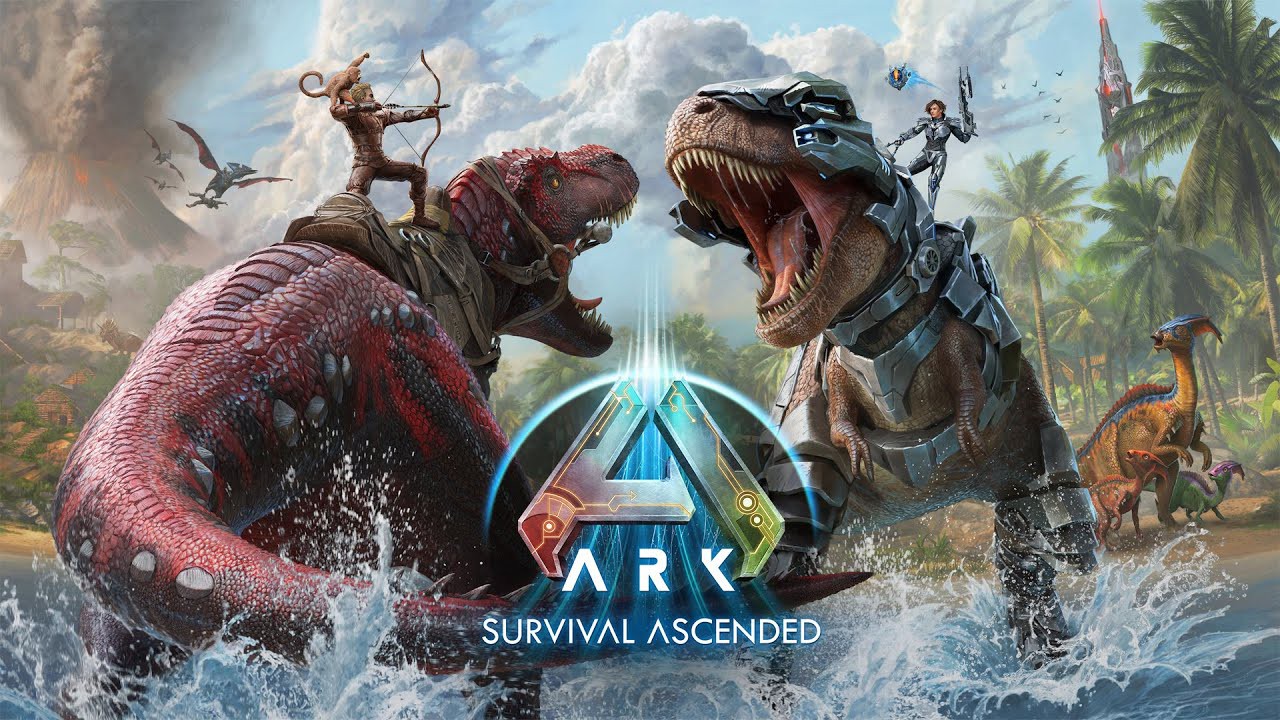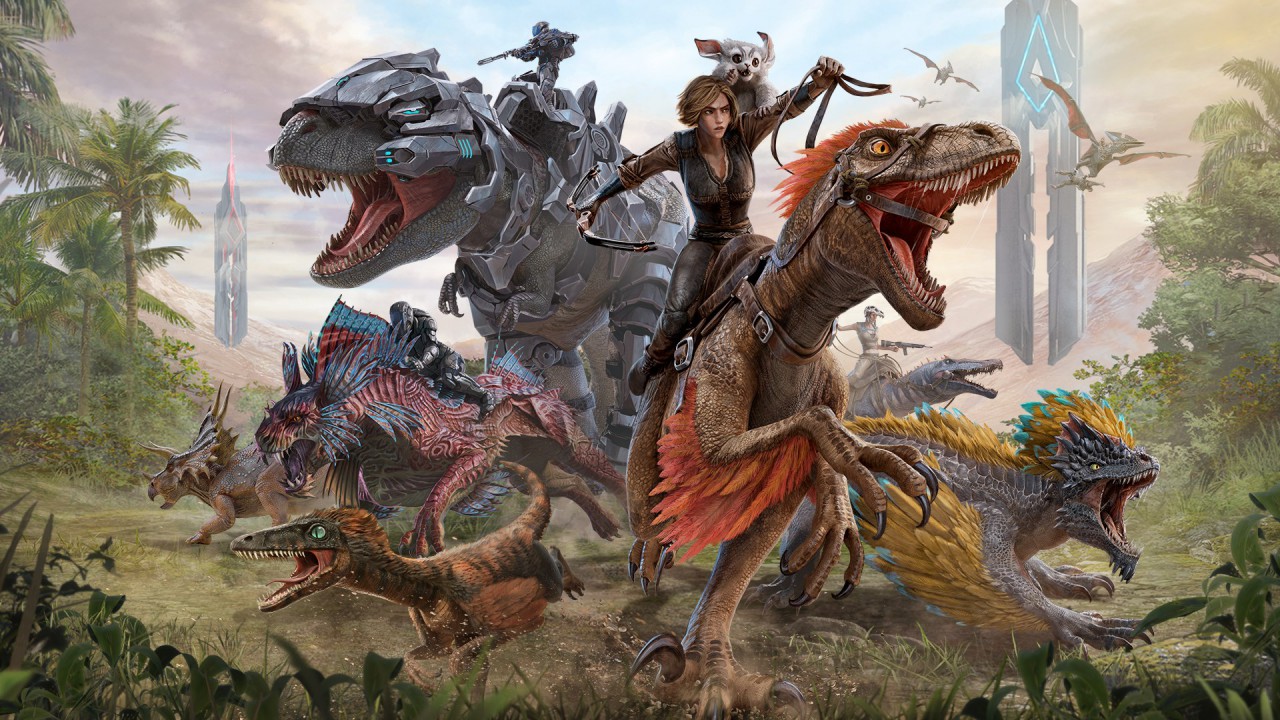Immersive World-Building and Gameplay Mechanics
ARK: Survival Evolved is an ambitious open-world survival game that blends elements of resource management, crafting, exploration, and combat in a vibrant prehistoric world. From the outset, the game presents a sprawling, living ecosystem where players are stranded on an island (or a series of islands, depending on the expansion packs) populated by a wide array of both dangerous and tameable dinosaurs, mythical creatures, and primitive human tribes. The game begins with a basic survival loop: gather resources, build shelter, and defend yourself from the elements and various creatures that roam the land. However, ARK’s brilliance lies in how it layers complexity onto this loop, offering players the opportunity to tame and ride dinosaurs, craft elaborate bases, and explore lush environments teeming with prehistoric flora and fauna. One of the game’s defining features is its robust taming system. Instead of just hunting or farming for food and resources, players can train, ride, and even breed dinosaurs and other creatures, creating a bond that can help players in both combat and survival. Taming a dinosaur is no small feat—it involves subduing the creature through tranquilizers or food, then ensuring it is protected and fed while it slowly accepts the player as its master. This system offers a level of interaction with the environment that is rare in survival games, and it makes each encounter with a wild creature both thrilling and nerve-wracking. The sense of awe that comes from successfully taming a massive T. rex or flying high above the jungle on a Pteranodon is a key reason why ARK has captivated millions of players since its release.

In addition to taming and riding dinosaurs, the game also offers a wide variety of other activities, such as crafting, base-building, and exploring its massive, diverse maps. Players can gather raw materials like wood, stone, and metal to craft weapons, tools, and fortifications that help protect them from environmental dangers and other players in multiplayer settings. The crafting system is deep, with players able to create advanced technology as they progress, from simple spears and torches to high-tech firearms, vehicles, and electrical systems. The complexity of the crafting system mirrors the game's survival mechanics: as you collect resources, level up, and explore new territories, you gain access to more sophisticated tools and building materials. The game’s open-world design allows players to explore dense jungles, vast deserts, snowy mountains, and underwater caves, each with its own challenges and rewards. This non-linear progression allows players to choose their path, whether they prefer to tame and train dinosaurs, build sprawling fortresses, or venture into the wild to discover new creatures and artifacts. The environmental storytelling is another strong point of ARK, with ruins, caves, and other hidden areas peppered throughout the map, telling a tale of ancient civilizations that existed long before the player’s arrival. These remnants of past societies provide clues to the overarching lore of the game and offer rewards to those who are brave enough to explore the more dangerous corners of the world.

 100
Play
100
Play
What sets ARK apart from other survival games is its emphasis on player interaction. The multiplayer aspect is crucial to the game’s overall experience, as players can either join tribes with others or go it alone in a harsh, unpredictable world. The game’s tribe system fosters cooperation and socialization, allowing players to pool resources, share tamed creatures, and defend each other from the many threats that lurk around the map. However, ARK’s open-world PvP aspect is not for the faint-hearted. The game’s persistent world allows players to attack and raid each other’s bases, often resulting in brutal encounters where the strongest tribes emerge victorious. PvE servers exist for those who prefer a more cooperative and non-violent experience, but the fact that the game’s design includes a high level of risk, particularly in PvP mode, means that players must constantly be aware of both environmental dangers and rival players. The multiplayer experience is made even more intense by the game’s tribe warfare mechanics—players can ally with others, organize coordinated raids, and build massive fortresses for defense. This adds a strategic layer to the gameplay, as tribes must carefully consider their alliances, fortifications, and combat strategies. The game’s approach to tribe politics, alliances, and raids is one of the reasons why ARK can be so compelling. The sense of camaraderie, or betrayal, that arises in multiplayer interactions provides a level of emotional investment that goes beyond the basic mechanics of survival. Players may spend hours gathering resources to construct a massive fortress only to have it destroyed in a matter of minutes by a rival tribe. The constant ebb and flow of power between tribes create an ever-shifting dynamic, where players must always be on alert for potential threats, even from those they call allies.


